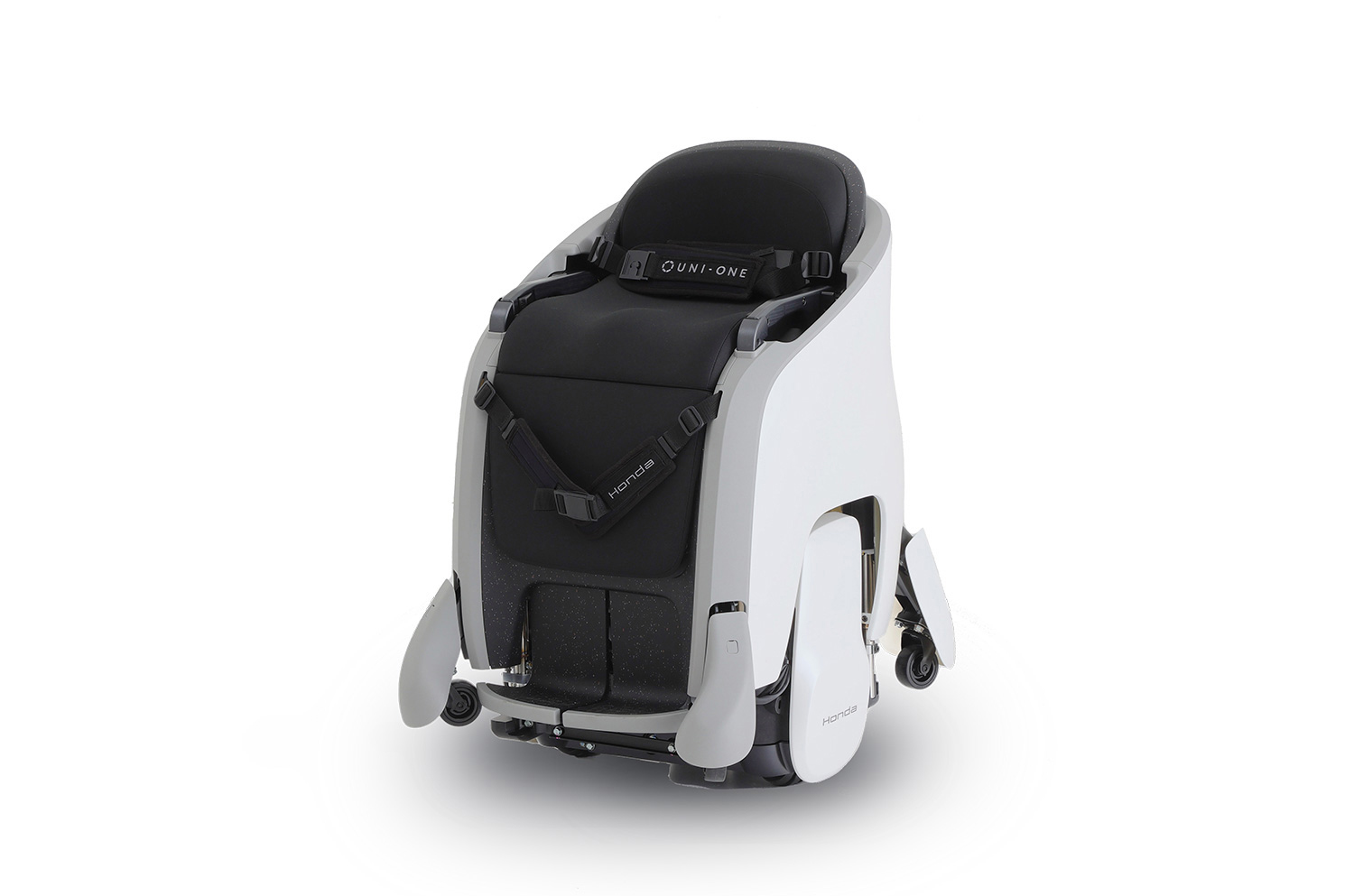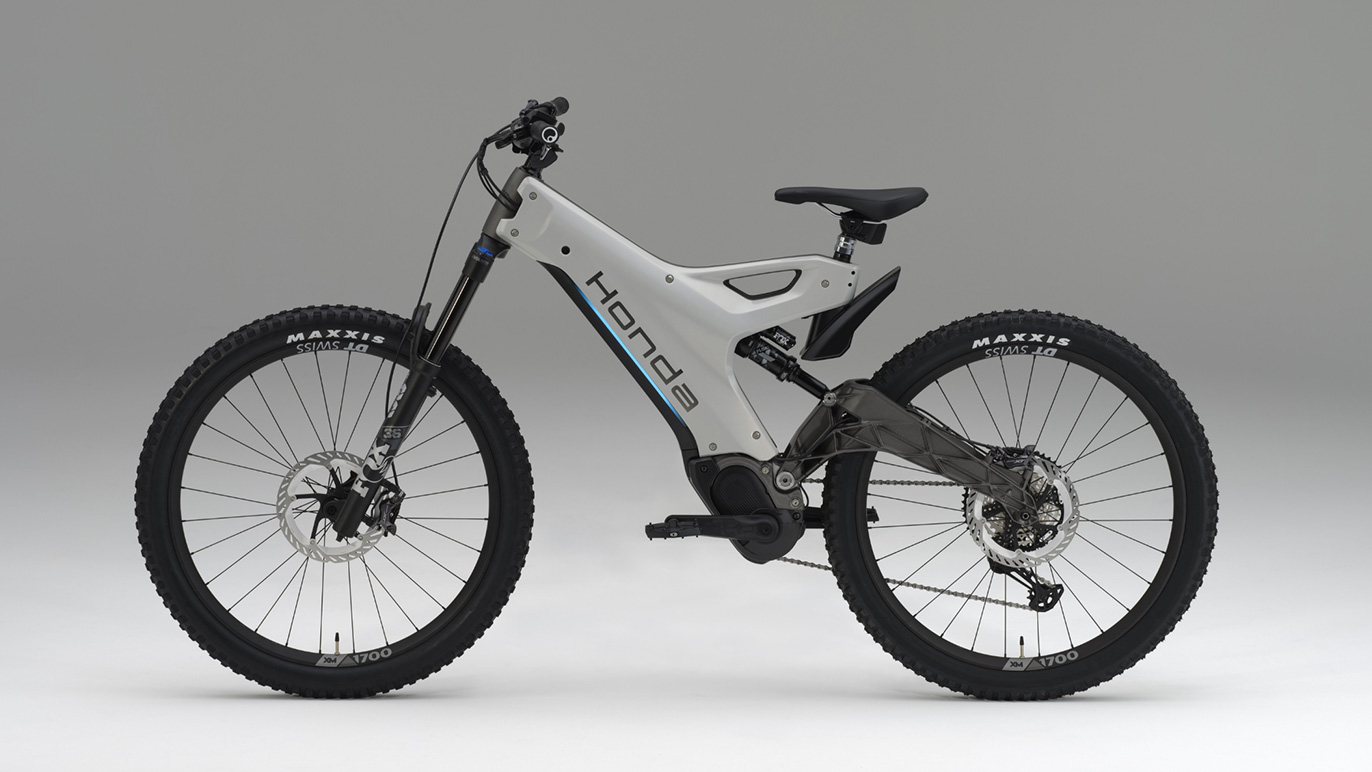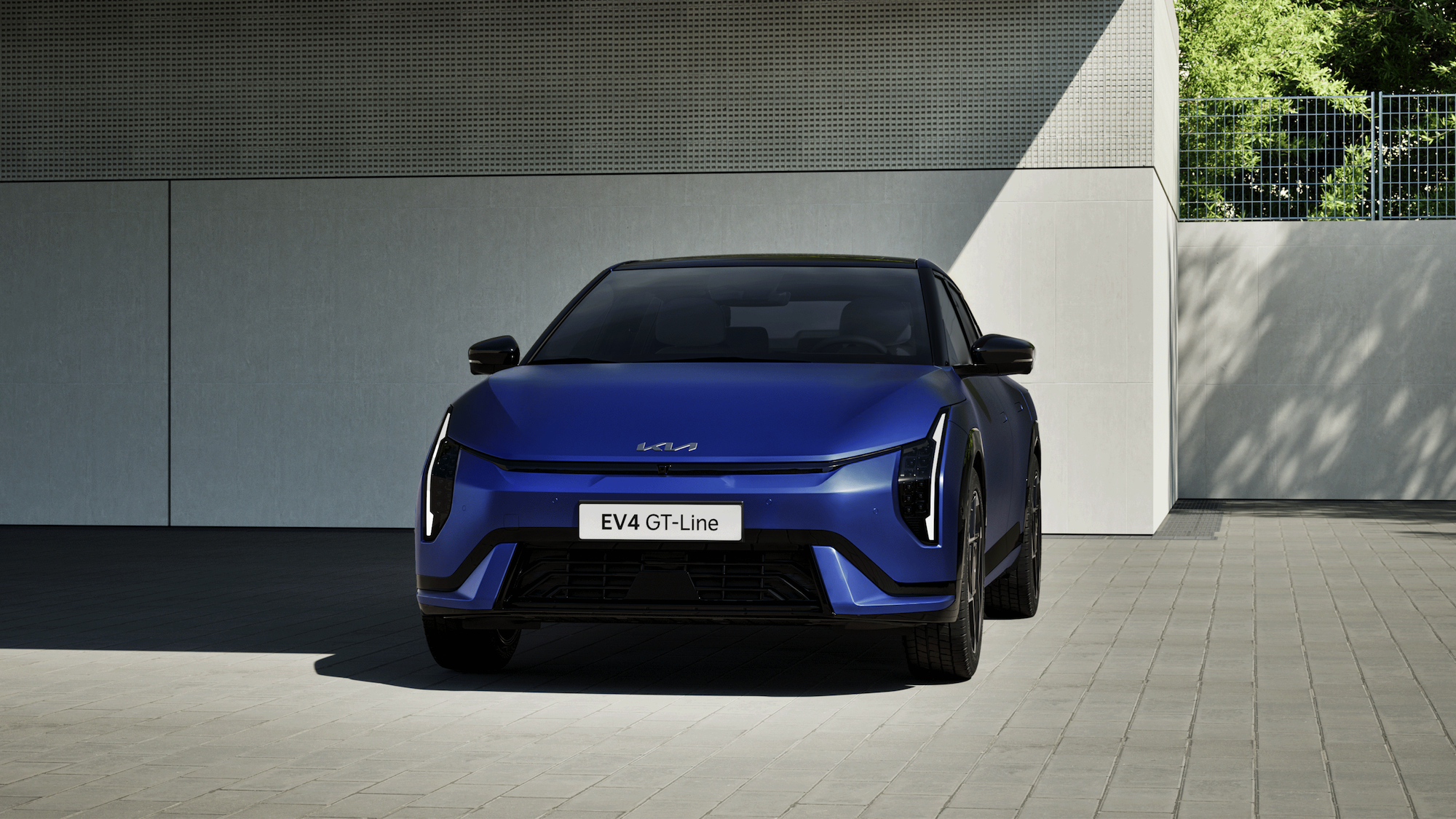Sign up for daily news updates from CleanTechnica on email. Or follow us on Google News!
Honda Motor Corp. presented its vision for the future of mobility at the Japan Mobility Show 2023, showcasing a wide range of products and technologies, including electric vehicles, self-driving cars, aircraft, and robots.
“The mobility products and services that embody Honda’s dreams will enable people to transcend various constraints such as time and place,” and to “augment their abilities and possibilities. Those two are essential values of all types of mobility products and services Honda has been offering for the past 75 years since its founding, and the value Honda wants to continue offering now and in the future,” Honda’s CEO, Toshihiro Mibe, told members of the press at the Honda booth’s press briefing.
Mibe pointed out that Honda’s legacy began with motorcycles and expanded to include automobiles, aircraft, and robots in the mix as early as 2000 with Asimo. For transition from “Tokyo Motor Show” to the “Japan Mobility Show,” Honda aims to showcase not only its cars, but also a diverse array of current and future mobility innovations.
This direction allowed visitors to the Honda booth to literally participate in shaping the future of mobility alongside Honda through experiencing its products and even feedback and commenting.
For this article we list Honda’s non-car concepts — devices that work with clean tech and aim and foster sustainability though the use of clean energy and the enablement of everyone despite of physical challenges.
Honda’s Dream Loop: Fostering Endless Innovation
The Honda Dream Loop represents the company’s vision of the future “where countless dreams form an unending loop.”
MIbe explained that the connection between these dreams and the needs of the real world are the foundation the mobility products and services the company created. These solutions help people move more freely and easily, live more fulfilling and enjoyable lives.
Thus the two core principles: “Transcend” and “Augment.”
This year Honda celebrates its 75th anniversary, and the two core principles play into the whole picture.
Mibe explains that Honda “as a mobility product manufacturer, is always driven by dreams and a commitment to overcoming challenges” for the benefit of “customers and society.” According to him, the company’s global brand slogan, “The Power of Dreams — How we move you,” embodies this spirit.
“It conveys that the dreams of each Honda employee fuel the brand, driving the creation of mobility products and services that not only transport people physically but also touch their hearts and help them achieve their aspirations,” he said.
To convert these dreams into reality, Honda presented its mobility solutions starting with what could be the most meaningful and consequential in the whole Japan Mobility Show: The Honda UNI-ONE.
Personal mobility upgraded

The Honda UNI-ONE, a versatile and accessible alternative to wheelchairs and scooters. (Photo from Honda)
The Honda UNI-ONE is a new type of personal mobility device that was presented not only as a concept, but which also might go into production in 3 to 5 years. Currently at the end of its long development process, it is designed to be a more versatile and accessible alternative to wheelchairs and scooters.
The UNI-ONE is a battery-powered self-balancing device that can be controlled by the user’s body weight. It has two modes: a low mode and a high mode. In the low mode, the UNI-ONE can be used to move around slowly and carefully. In the high mode, the UNI-ONE can be used to move around more quickly and easily.
It is also equipped with a number of other features that make it more versatile and accessible than traditional mobility devices. For example, it has a built-in seat that can be raised and lowered, so that the user can sit or stand while using the device. It also has a number of safety features, such as a collision avoidance system and a stability control system.
According to the presentation at the Honda booth, the device is currently testing the UNI-ONE with as many users and variety of physical challenges as possible. Honda engineers behind the project believe that the UNI-ONE has the potential to revolutionize the way that people with mobility impairments get around.
A Robot For Clean Tech
Another concept — bringing in both inclusivity and sustainability — is the Avatar Robot.
Using a number of advanced technologies, including a multi-fingered robotic hand, a high-resolution camera, and a powerful AI system, the Avatar Robot can perform tasks with a high degree of precision and dexterity. The remote control and participation bridges physical distances and enables everyone, including those with limited mobility, to actively engage.
Moreover, it can be controlled by a user who is located anywhere in the world. The user wears a special headset and gloves that allow them to see and feel what the robot is seeing and feeling — an amazing function that allows the user the ability to perform tasks remotely as if they were there in person.
Think of the possibilities that the Avatar Robot can be used for.
It could be used in disaster relief to perform dangerous or difficult tasks in disaster zones, such as searching for survivors or clearing rubble. It can augment humans in performing complex or delicate tasks in manufacturing plants, such as assembling electronics or performing quality control inspections.
The Avatar Robot could be used to perform medical procedures remotely, such as surgery or rehabilitation, or even used to provide customer service in places such as retail stores or banks.
Honda is still developing the Avatar Robot, but it has the potential to revolutionize the way that people work and live. The company believes that the Avatar Robot will help to create a more inclusive and accessible world for everyone.
e-MTB For More Fun, Less Stress
The Honda e-MTB Concept expands the field of mobility in nature, offering a new riding experience that combines the fun of motorcycles and mountain bikes. It is being developed to enable anyone to enjoy riding mountainous trails more freely, with electric assistance that makes uphill riding a breeze.
Its original frame and swingarm are built using thin-wall aluminum casting technology from high-performance motorcycles, fusing functionality and styling in a unique design.
This fun mobility option opens up new possibilities for a sustainable, healthy, and family-oriented lifestyle. Honda says “you can take your bike with you in the car and enjoy six-wheeled adventures, referring to the bike and car together. This is because part of the e-MTB concept are accessories built by Honda specific to its vehicles and the e-MTB. The bike may go into commercial production in cooperation with a known Japanese bike builder.
Flying Electric
In his keynote, Mibe also mentioned the Honda eVTOL (and HondaJet) as “extending mobility into the skies, enabling people to transcend constraints of place and distance.”
Though not much was presented about the Honda eV-TOL, CleanTechnica learned that it is an electric vertical takeoff and landing aircraft that is still under development. It is designed to be a new mode of transportation that can help people move more freely and easily, especially in congested urban areas. The eV-TOL can take off and land vertically, which means that it does not need a runway. It can also fly at low altitudes, which means that it can avoid air traffic congestion.
Honda has not yet announced when the eV-TOL will be available for commercial use, but it is expected to be several years away.
Co-Creating The Future
At the Japan Mobility Show, Honda invited visitors to participate in the Dream Loop by using generative AI to visualize their dream mobility. Using generative AI, visitors share their ideas and join in the creative process. Honda plans to select some of these visions and collaborate with its designers to bring the ideas to reality.
Have a tip for CleanTechnica? Want to advertise? Want to suggest a guest for our CleanTech Talk podcast? Contact us here.
EV Obsession Daily!
I don’t like paywalls. You don’t like paywalls. Who likes paywalls? Here at CleanTechnica, we implemented a limited paywall for a while, but it always felt wrong — and it was always tough to decide what we should put behind there. In theory, your most exclusive and best content goes behind a paywall. But then fewer people read it!! So, we’ve decided to completely nix paywalls here at CleanTechnica. But…
Thank you!
Community Solar Benefits & Growth
CleanTechnica uses affiliate links. See our policy here.







